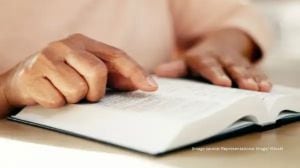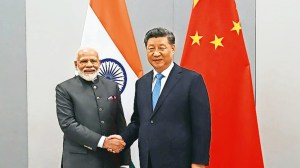Stay updated with the latest - Click here to follow us on Instagram
Gen Z leads Kenya’s ‘Saba Saba March’ against tax hikes and police brutality
On July 7 every year, Kenyans honor the pro-democracy uprising of 1990. However, this year’s protests over heightened taxes and corruption were met with live ammunition, mass arrests, and shoot-on-sight orders.
 Kenyans took to the streets to protest against its government. (Photo from PropesaTV on X)
Kenyans took to the streets to protest against its government. (Photo from PropesaTV on X)Written by Eshan Agarwal
Thousands had gathered at Nairobi’s Kamukunji Grounds on July 7, 1990 to defy the then President Daniel arap Moi’s ban on public gatherings. The protest was led by Kenneth Matiba, Charles Rubia, and Jaramogi Oginga Odinga where they demanded for the one-party clause embedded in the constitution to be revoked. Despite being faced with tear gas and batons, the protests’ demands were heard and the president restored the multiparty system in December of 1991. Ever since, Saba Saba – meaning ‘seven seven’ – in Kiswahili has been a symbol of courage and Kenya’s democratic right.
This year, Kenyans took to the streets to protest against its government but were unfortunately met with lethal attacks from police in unmarked vehicles. This resulted in numerous casualties as well as the largest number of injuries and arrests to come from a Saba Saba protest till date.
Evolution over the years
Since its origin, Saba Saba has surpassed simply fighting for democracy. In the 2000s, activists used the occasion to highlight land rights and justice for the environment, whereas the 2010s turned its attention to police accountability and corruption. Now, the protests are largely driven by Gen Z, where they advocate for digital freedom, economic equality for all, and deeper political involvement ensuring Saba Saba continues to be an evolving force.
Monday’s nationwide protests
This year’s Saba Saba aligned with a recent finance bill that proposed higher taxes on digital transactions, fuel, and more basic goods. Outraged by this, thousands of young Kenyans marched in protest of this. There were chants for President William Ruto’s resignation as well as demanding lowered prices of fuel, school fees, and action on the maize flour shortage.
Security crackdown and shoot-on-sight order
Not giving into the demands of the protesters, Interior Minister Kipchumba Murkomen issued a “shoot on sight” order for anyone who attempted to damage or storm police stations. Officers in covert vehicles attacked with tear gas, water cannons, and live rounds which violated court orders stating that police were supposed to have clear identification.
By the end of the day, there had been at least 31 deaths, 107 injuries, and 532 arrests, reported KNCHR, recording the most lethal day in Saba Saba history.
Economic and political grievances
Over 25 percent of the youth in Kenya is unemployed. This, paired with inflation, led to rapid price hikes on basic commodities and deepened inequality. Protesters see the new finance bill as an attack on the already struggling families and the sign of an ignorant government. The passing of Kenyan blogger Albert Ojwang nearly a month earlier in police custody had intensified the calls for transparency and justice, further emphasising how out of touch the government was from ordinary Kenyans.
(The writer is an intern with The Indian Express)
Photos



- 01
- 02
- 03
- 04
- 05



























